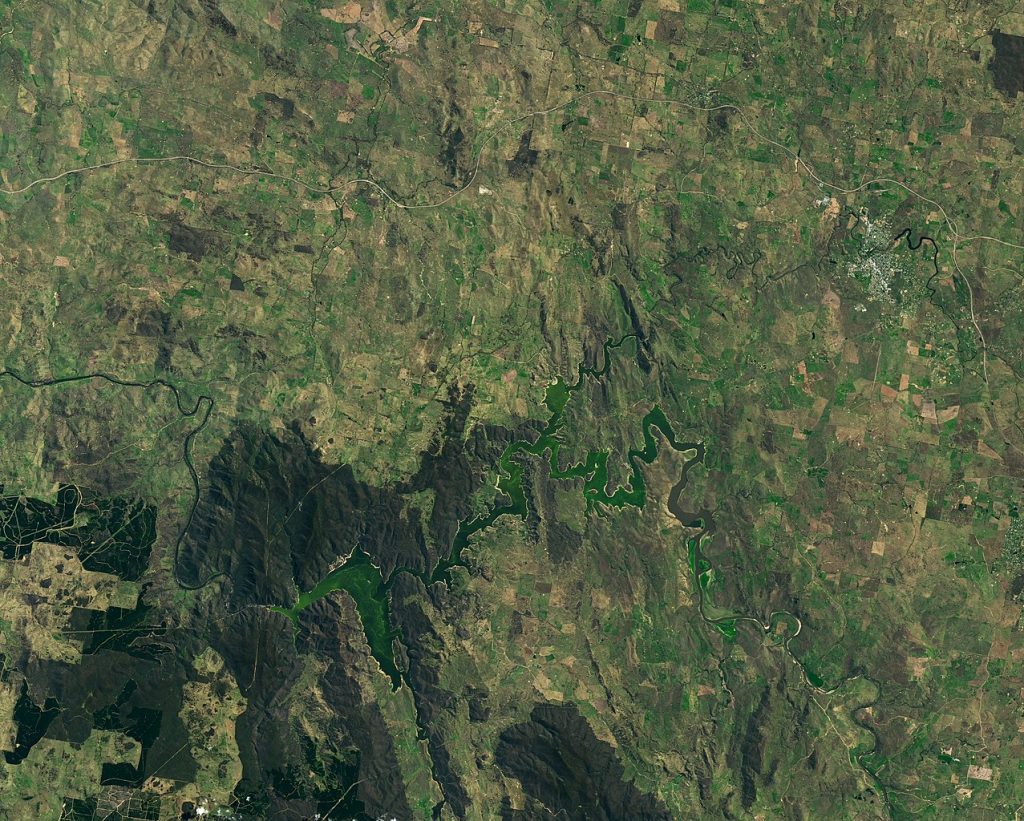
Fertilization and soil health play crucial roles in wheat production, ensuring optimal crop growth and long-term sustainability. In New South Wales (NSW), the approach to fertilization and soil management differs from other wheat-producing states in Australia, such as Queensland, Western Australia, and Victoria, due to the state’s unique environmental conditions, soil types, and climate. Understanding these distinctions is important for farmers to optimize their practices and achieve high wheat yields. This article explores the specific challenges and approaches to fertilization and soil health in New South Wales, compared to other regions of Australia.
Soil Types and Fertilization Challenges in New South Wales
1. Soil Variability Across the State
New South Wales boasts a wide variety of soil types, from the fertile soils of the Riverina to the more acidic and sandy soils in the northern regions. In contrast to states like Western Australia, where soils are generally more alkaline and consistent, NSW’s diverse soil profiles present unique challenges in managing nutrient availability and soil health.
For example, in areas like the Riverina, which is considered the “wheat belt” of the state, soils tend to be heavier and more fertile, providing a good base for wheat production. These soils are often rich in organic matter and can support high yields. However, they may also face issues such as compaction, which can affect water infiltration and root growth. In contrast, regions like the northern tablelands have sandy soils that often require additional amendments like organic matter and fertilizers to improve water retention and nutrient availability.
2. Soil Acidity and pH Levels
Soil acidity is a concern in certain parts of New South Wales, particularly in the northern and central regions, where soils are naturally more acidic due to rainfall and leaching. This is in contrast to states like Western Australia, where soils are typically more alkaline, reducing the risk of acidity-related issues. For wheat farming in NSW, managing soil pH is essential for improving nutrient availability, particularly phosphorus, which becomes less available in acidic soils.
Farmers often apply lime to neutralize the acidity of the soil, particularly in the Riverina and surrounding wheat-growing areas. The application of lime is a common practice in NSW, ensuring that the soil pH remains in the optimal range for wheat growth. This process is less frequently required in regions like Victoria, where soils are generally more alkaline.
Fertilization Practices for Wheat Production in New South Wales
1. Nitrogen Fertilization
Nitrogen (N) is one of the most critical nutrients for wheat, as it promotes healthy vegetative growth and supports high yield potential. In New South Wales, the state’s variable climate and soil types mean that nitrogen management is a key aspect of fertilization. Farmers need to consider factors such as soil type, previous crop history, and weather patterns when applying nitrogen fertilizers.
In regions like the Riverina, where wheat is grown on heavy clay soils, nitrogen fertilizers are often applied in split doses to prevent leaching and ensure efficient uptake by the plants. This method differs from practices in Queensland, where lighter soils may require more frequent, smaller applications to avoid nutrient loss from heavy rainfall events.
Farmers in New South Wales often employ the use of controlled-release nitrogen fertilizers, which slowly release nitrogen into the soil, reducing the risk of leaching and volatilization, especially in areas with heavier soils. This contrasts with farmers in Western Australia, who may apply nitrogen fertilizers in larger, less frequent doses due to the state’s more consistent rainfall and drier conditions.
2. Phosphorus and Potassium Fertilization
Phosphorus (P) and potassium (K) are essential macronutrients for wheat production, and their management differs across regions in Australia. In New South Wales, phosphorus availability is often limited in acidic soils, which means that farmers must ensure that the correct forms of phosphorus are applied to avoid poor plant uptake. Phosphorus is often applied as superphosphate or in combination with other nutrients, depending on soil test results.
Potassium fertilization is also essential for promoting strong root systems and improving drought tolerance. In regions with sandy soils or lower fertility, farmers in New South Wales may apply potassium to maintain adequate nutrient levels. This contrasts with areas like Western Australia, where potassium deficiencies are less common due to the higher natural levels of potassium in the soil.
3. Micronutrients and Trace Elements
In addition to the primary nutrients, micronutrients like zinc, copper, and boron play an important role in the overall health of wheat crops in New South Wales. These micronutrients are often deficient in the soils of certain wheat-growing regions, especially in lighter sandy soils or highly weathered soils in the north.
Farmers in NSW are more likely to use foliar applications of micronutrients to ensure that their wheat crops receive the trace elements needed for optimal growth. This practice is more common in New South Wales than in other regions like Victoria, where soils tend to have higher levels of available micronutrients.
Soil Health Management Practices in New South Wales
1. Crop Rotation
Crop rotation is a key practice for maintaining soil health and fertility in New South Wales wheat production. Wheat is often grown in rotation with other crops like legumes (e.g., chickpeas, faba beans, or lentils), which help to fix nitrogen in the soil. This practice reduces the need for synthetic nitrogen fertilizers and promotes sustainable farming practices by improving soil structure and reducing pest and disease pressure.
Crop rotation in New South Wales is especially important in regions like the Riverina, where continuous wheat cropping can lead to soil depletion. By rotating wheat with other crops, farmers can maintain soil fertility and reduce the risk of pest and disease buildup, which contrasts with practices in Western Australia, where monocropping of wheat is more common due to the large-scale nature of wheat farming in that state.
2. Soil Erosion and Conservation
Soil erosion can be a concern in New South Wales, especially in areas with high rainfall or steep slopes, such as the central and northern regions. To combat soil erosion, farmers employ conservation practices such as contour plowing, no-till farming, and maintaining crop residue cover. These practices help prevent the loss of topsoil, improve water retention, and maintain overall soil health.
In comparison, farmers in Queensland and Western Australia may face less of a soil erosion risk due to the more consistent rainfall patterns in Queensland and the drier conditions in Western Australia. However, soil erosion is still a consideration in these regions, particularly after heavy rain events.
3. Soil Compaction and Water Management
Soil compaction is another challenge for wheat production in New South Wales, especially in areas with heavy clay soils like those found in the Riverina. Compacted soils restrict root growth, reduce water infiltration, and hinder nutrient uptake. To mitigate soil compaction, farmers in New South Wales use practices like deep ripping and subsoiling to break up compacted layers and improve soil structure.
In contrast to Western Australia, where farmers often deal with sandy soils that have a lower risk of compaction, New South Wales farmers face more challenges with compacted soils due to the heavier, clay-based soils that are common in the state’s wheat-growing regions.
Conclusion
Fertilization and soil health management in New South Wales wheat production are shaped by the state’s diverse soil types, varying climate conditions, and agricultural practices. While some fertilization practices in NSW overlap with those of other states, such as nitrogen management and crop rotation, the state’s unique challenges—such as soil acidity, micronutrient deficiencies, and soil compaction—require tailored approaches. New South Wales farmers must adopt best practices to optimize their fertilization strategies and maintain soil health, ensuring that wheat production remains sustainable and productive for the long term. By understanding these differences and adapting practices accordingly, NSW farmers can maximize their wheat yields and contribute to Australia’s overall wheat production.



